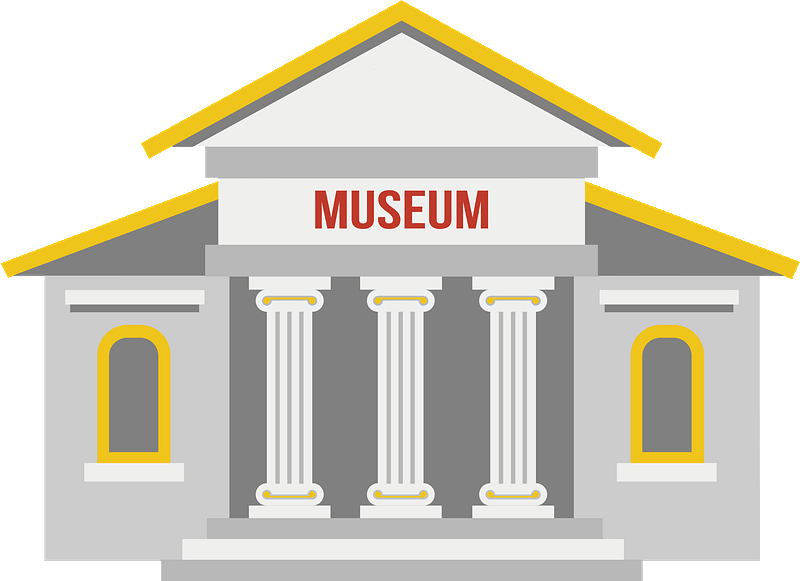

Das Palastmuseum Peking (chinesisch 北京故宮博物院 / 北京故宫博物院, Pinyin Běijīng Gùgōng Bówùyuàn) ist das bedeutendste Museum der Volksrepublik China. 1925 wurde es in den Gebäuden des ehemaligen Kaiserpalastes eingerichtet. Es enthält wichtige Teile der umfangreichen Kunstsammlung chinesischer Kaiser sowie kostbare Haushalts- und Repräsentationsgegenstände der letzten kaiserlichen Dynastien.
故宫博物院,简称故宫或北京故宫,是位于中国北京市故宫内的博物馆。其前身是明清两代皇宫紫禁城。民国元年(1912年)清帝溥仪退位后仍居于宫内。至民国十三年(1924年)十一月五日,黄郛摄政内阁公布修正清室优待条件第五条,废除皇帝尊号,请废帝溥仪出宫。政府代表李煜瀛、京师警卫司令鹿锺麟、警察总监张璧,于六日接管皇宫,封存文物。后经摄政内阁核准,经一年之整理,故宫博物院于民国十四年国庆节(1925年10月10日)正式成立开幕。它位于北京中轴线的中心,占地面积72万平方米,建筑面积约15万平方米;始建于明成祖朱棣永乐四年(1406年),永乐十八年(1420年)落成;藏品也主要是以明、清两代皇宫及其收藏为基础。故宫博物院是国家一级博物馆,与俄罗斯埃米塔什博物馆、美国大都会博物馆、法国卢浮宫、英国大英博物馆并称为世界五大博物馆。2012年单日最高客流量突破18万人次,全年客流量突破1500万人次[1],可以说是世界上接待游客最繁忙的博物馆。[2]
北京故宫博物院建立于1925年10月10日,位于北京故宫紫禁城内。是在明朝、清朝两代皇宫及其收藏的基础上建立起来的中国综合性博物馆,也是中国最大的古代文化艺术博物馆,其文物收藏主要来源于清代宫中旧藏,是第一批全国爱国主义教育示范基地。
The art collections of the Palace Museum (Chinese: 故宫博物院; pinyin: Gùgōng Bówùyùan), a national museum housed in the Forbidden City in Beijing, China, are built upon the imperial collection of the Ming and Qing dynasties. This collection was expanded in the 20th century with new acquisitions, transfers from other museums, and new archaeological discoveries.








 Art
Art
 Museum
Museum
 Vacation and Travel
Vacation and Travel
 World Heritage
World Heritage




